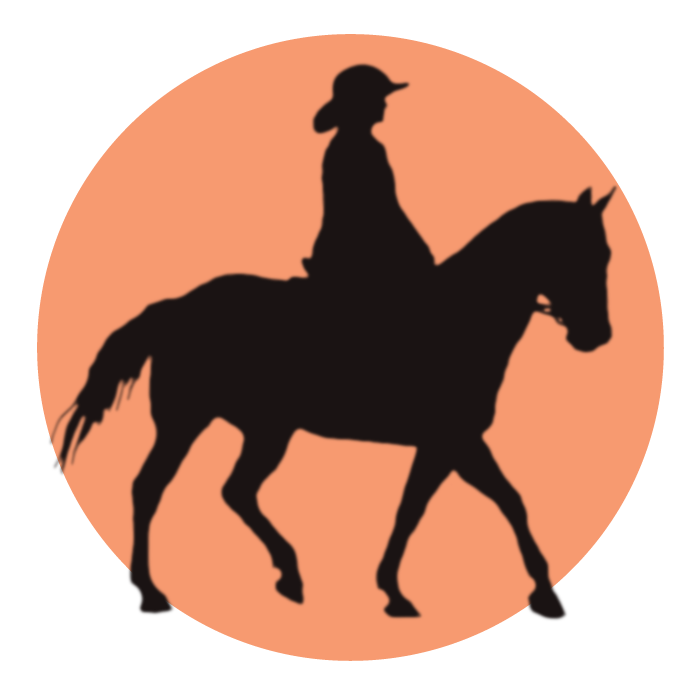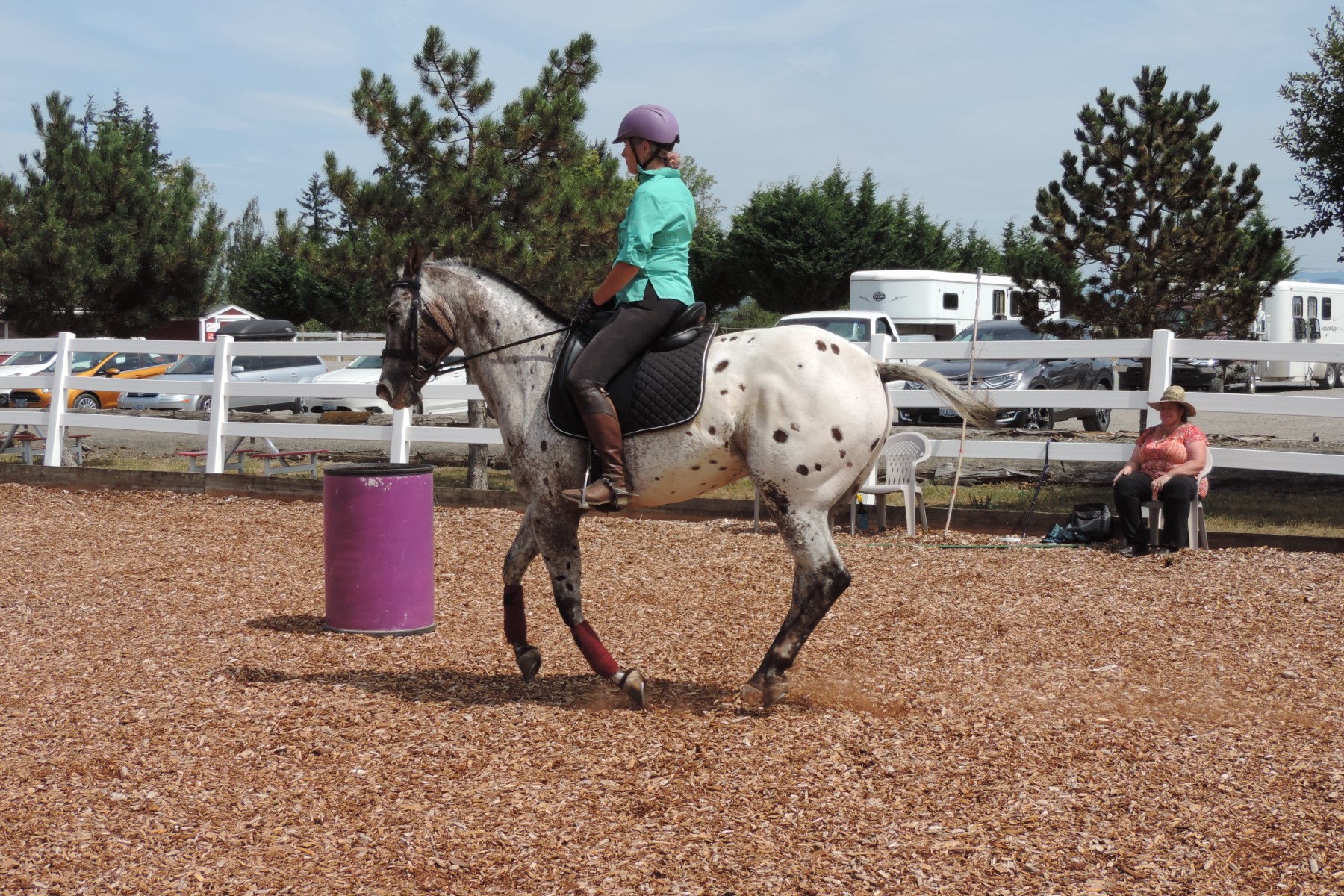Training For Most Horses
Below are training options, details, and some stipulations regarding them
$800/month
Full Training
Full training is approximately 18-20 training sessions a month.
For Saddle Broke Horses: For horses that are already saddle started, training will consist of predominantly ridden work but will incorporate in-hand work at the start of most sessions. Training is first and formost based on what each particular horse needs to be soft, supple, and happily compliant and what each horse is realistically capable of doing at the time. Most of this training will focus on balance and relaxation and transitions into and out of all gaits, lateral education (shoulder-in, haunches-in/out, half-pass), leg yeild, lightness, collection, and self-carriage. I request owners provide a snaffle bridle and if the horse is hard to fit, a saddle that fits (otherwise I will use my saddle).
$1000/month
3 month minimum for all unstarted horses
Full Training
Full training is approximately 20 training sessions a month.
For Unstarted Horses: For optimal success, I require all unstarted horses to be in training for a minimum of 3 months. Depending on their age and prior handling, training starts with a lot of ground work: lunging correctly, in-hand and ‘manners’ work, acceptance of girth and saddle, bridle education, comfort and quiet at the mounting block, familiarity with weight on their back, and finally, light riding. By the end of three months it is my goal that the horse is relaxed and happy, knows what is asked of it, can be saddled, bridled, and mounted without difficulty, has comfortable balance under a rider, and can at least walk and trot when asked and maintain tempo within these gaits. Many things can influence the success of these goals but I believe all horses who haven’t been mistreated, have some sort of trauma, or are physically compromised in some way, can achieve these goals. Some horses can far surpass them and many of the horses I have started will know the lateral work at walk, can canter depart in balance from the trot as well as maintain it for a short while, and are starting small amounts of collection and extension work. As work progresses with your horse I will keep you updated on progress and outcomes.
$425/month
not available for unstarted horses
Part Training
Part training is 10 training sessions a month.
This is a training option for horses that are already saddle broke or horses that are too young to be saddle started just yet. It’s a great option for a horse that needs a tune up or a horse that needs to advance in it’s work. It’s an option that allows for days off for the owner to ride or take lessons.
It is also a great option for a young horse that needs fundamental work but is still too young to start riding. A lot can be taught on the ground at a young age. A young horse can be taught all the lateral movements in hand to gymnastically develop their bodies and make them strong for riding as well as add interest to the human-horse relationship to increase enthusiasm for learning. I sometimes like to do a little liberty training with these youngsters to help foster positive ideas about “training” and that it’s “fun”. It’s also a great time to reinforce manners and safety.
$450/2 weeks
2 week boot camp
5 days a week for 2 weeks
This is an excellent option for the trained horse that needs to progress in it’s work but where the rider is still new to the exercises. Things like laterals, lead changes, piaffe, smooth transitions, more complex transitions, shoulder lightness, and collection or self-carriage. This is 5 days a week work for 2 weeks straight to help solidify something specific in the training progression. It is for horses being ridden regularily and in good riding shape. It is considered more advanced work progress.
I carefully assess the horses I take in for training and do my best to achieve the goals mentioned above. I update owners frequently about progress and at the end of every month of training I discuss with the owners the goals met, any struggles that are occuring, and to give a realistic predicition of where the horse will be in the coming month. Unfortunately I do not take on horses that have had severe abuse or trauma issues in their past or a history of violent or unsafe behavior. There are people out there better equiped to handle these kinds of horses. I will take horses that are wild and untouched (this is dependant on facility space available), or have fear or anxiety issues as long as the fear or anxiety isn’t excessive or expressed in aggressive behavior.
I also encourage owners to visit frequently and watch training sessions. I am willing to do some training sessions as owner riding lessons after a certain amount of training progress. This can be discussed privately and made on an individual basis. I also invite owners to haul horses over for private lessons on a regular basis once training is finished in order to help them continue the work that training has started.


